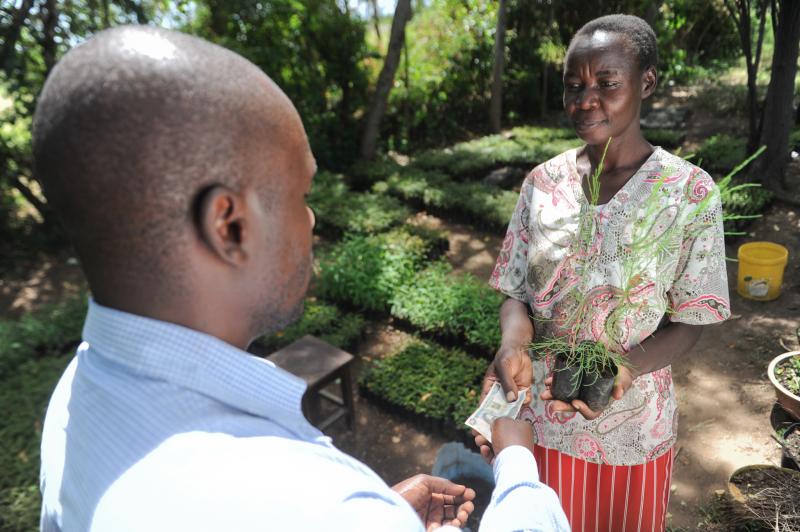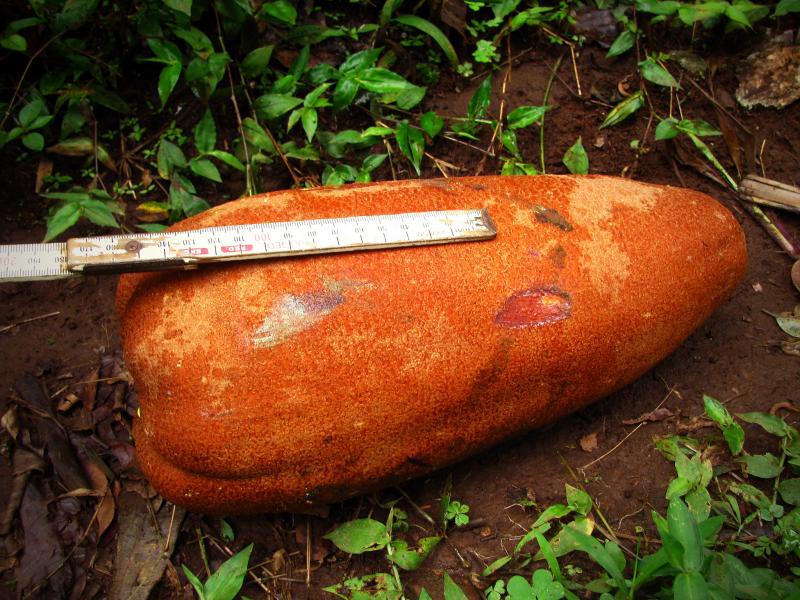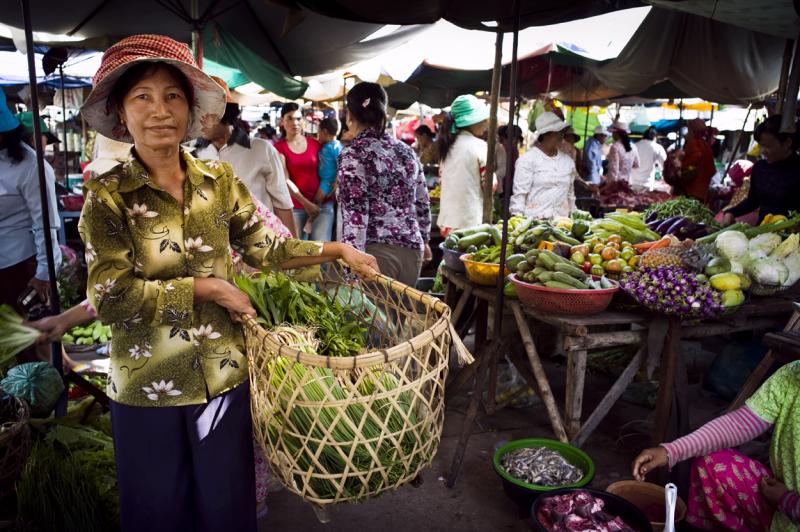A great deal of the World Congress on Agroforestry, held last week in New Delhi, focused on business: How to link smallholders to markets? How to make agroforestry profitable? How to engage major corporations? How to guarantee social and environmental sustainability while making money?

Some of the liveliest discussions involved high-profile executives and entrepreneurs, including a panel with Howard Shapiro, chief agricultural officer of Mars Inc.; Bernard Giraud, president of Danone’s Livelihoods Venture, Tristan Lecomte, founder and CEO of the Pur Projet; and the noted Indian entrepreneur and sustainable-business advocate Ranjit Barthakur. In breakout sessions, we explored the viability of trees as crops, looked into biofuels as a reliable energy source and discussed quantification of environmental services.
A consistent message was that farmers can’t do it alone, especially if they’re also growing food for their families. Building successful agroforestry systems, requires scientific expertise, business savvy and access to markets, robust policies and infrastructure, and NGO support to advocate for farmers and help with training and facilitation. It’s a team effort, and it takes a lot of resources.
Can public-private partnerships help bring these elements together, especially at a larger scale?
PPPs have been widely used in development to attract private-sector investment, reduce financial costs for governments, and bring in tools and expertise from the business world. Already, there are several prominent examples in agroforestry, such as the SUCCESS Alliance to promote sustainable cocoa enterprises, and there is a growing interest in using PPPs to improve food security and rural livelihoods. Given that agroforestry projects often require long-term investments in planting trees, PPPs are particularly appealing as a way to reduce the financial risks for farmers.
In a WCA breakout session on public-private partnerships, Daniel A. Ofori, of the World Agroforestry Centre (ICRAF), made a case for using a PPP to scale up the domestication of native Allanblackia trees and the commercialization of the oil they produce as a healthier alternative to many existing cooking oils.

Carla Kanavan, of EcoInvest, described a project supported by the U.S. Agency for International Development (USAID) in Bajo Mira and Frontera territory in Colombia that connected local communities with a multinational corporation. The goal of that PPP is to conserve 46,000 ha of forest, build resilience to climate change and strengthen livelihoods by adopting agroforestry practices simultaneously shifting production from disease-affected palm oil to sustainably grown cacao.
The WCA discussion raised several important questions about the nature of PPPs and the kinds of actors needed for success. Can a PPP work if only smaller businesses or less powerful actors than USAID are involved? On the other hand, can a PPP be a true partnership if one partner is so much larger and more powerful than the others? And if a partnership is only made possible by aid funds, can it be truly sustainable once the money is spent?
Arshiya Bose, of the University of Cambridge in Bangalore, presented a study on the politics of partnerships in sustainable coffee production that found adequate sustainability standards can only be attained when the partners are more or less equal. Indeed, most studies on PPPs consider the relationship between actors and their willingness to compromise to be key factors in a partnership’s success. Risks and power have to be equitably shared, and strong, transparent and accountable systems have to be put in place to protect all the partners’ interests.

Another key point made in the discussion is that businesses are not aid agencies; if agroforestry projects want to attract corporate partners, they need to provide incentives. They also need to remember that businesses may have different priorities than the farmers (or NGOs or governments) involved – though Howard Shapiro, of Mars Inc., argued that fundamentally, they’re the same:
“At the end of the day, the goal of a farmer is to generate income,” he said. “The private sector has the ability to bear the risks and lift up levels of incomes substantially, because it is not in the interest of private sector to work with unsuccessful partners.”
Can PPPs also attract businesses to places where they would not normally invest, such as post-conflict countries? That is the hope of Javed Rizvi, of the International Center for Agricultural Research in the Dry Areas (ICADRA). With CGIAR funding, he has been working with farmers’ cooperatives in Afghanistan that produce wheat, dry fruits and nuts, and animal products, and now he’s looking at the PPP model as a way to diversify incomes. Running an agricultural business on aid money is not sustainable in the long run, he told me over coffee; through a public-private partnership, he hopes to secure the farmers’ future.
Ekaterina Bessonova is a communications assistant for the Swedish International Agricultural Network Initiative (SIANI). She attended the World Congress on Agroforestry as part of collaboration between SIANI and the Forest, Climate & Livelihood Research Network (Focali) around the theme “Forests, Landscapes and Food Security”.
SIANI at the World Congress on Agroforestry: Focus on trees and food security